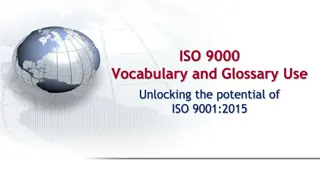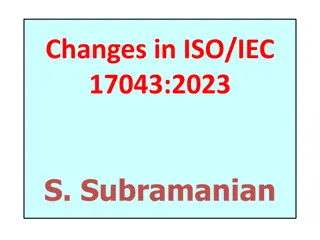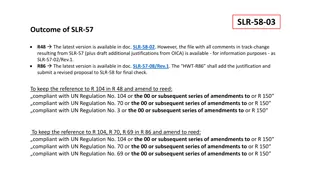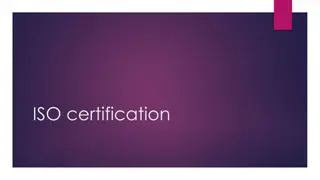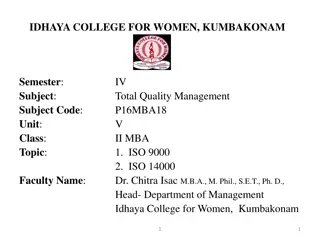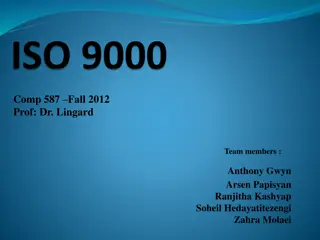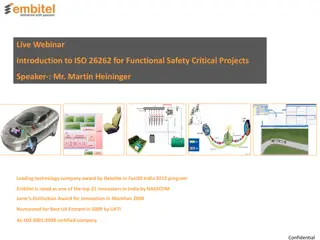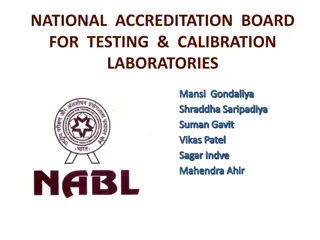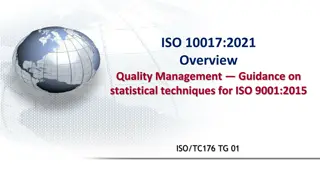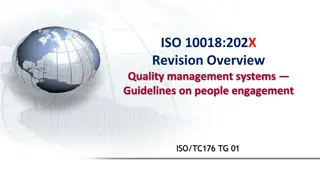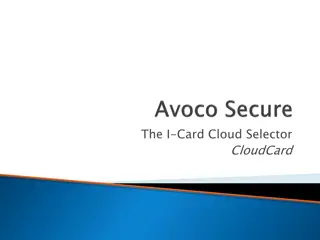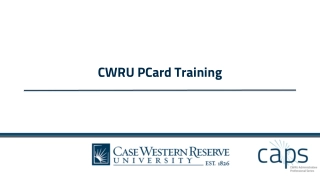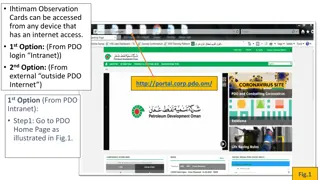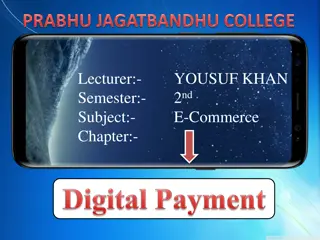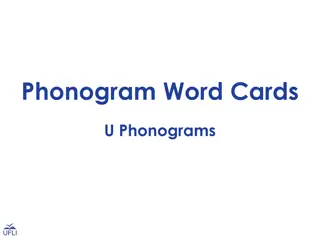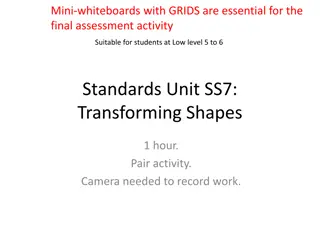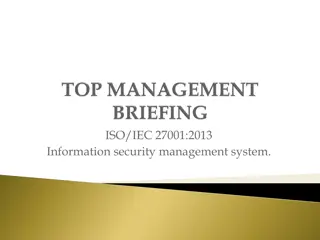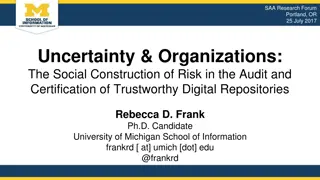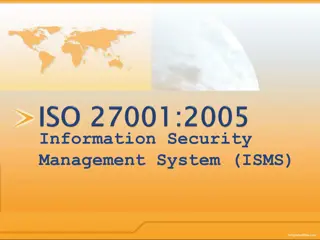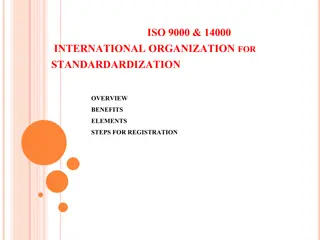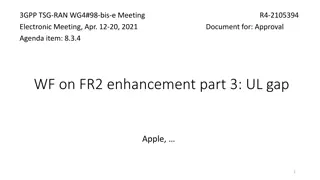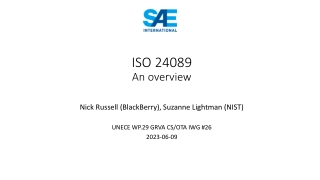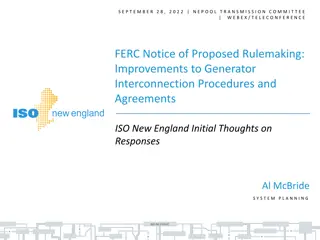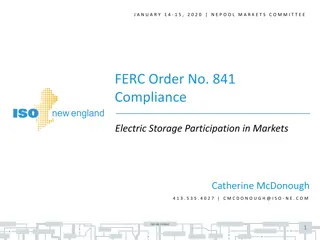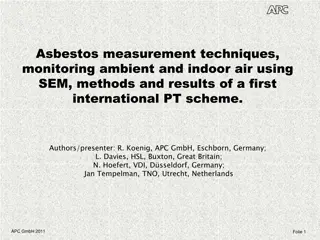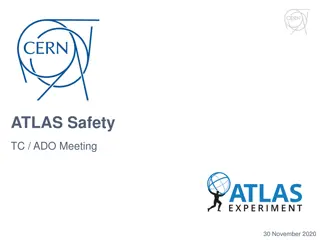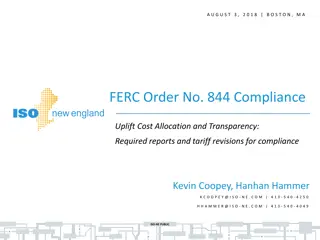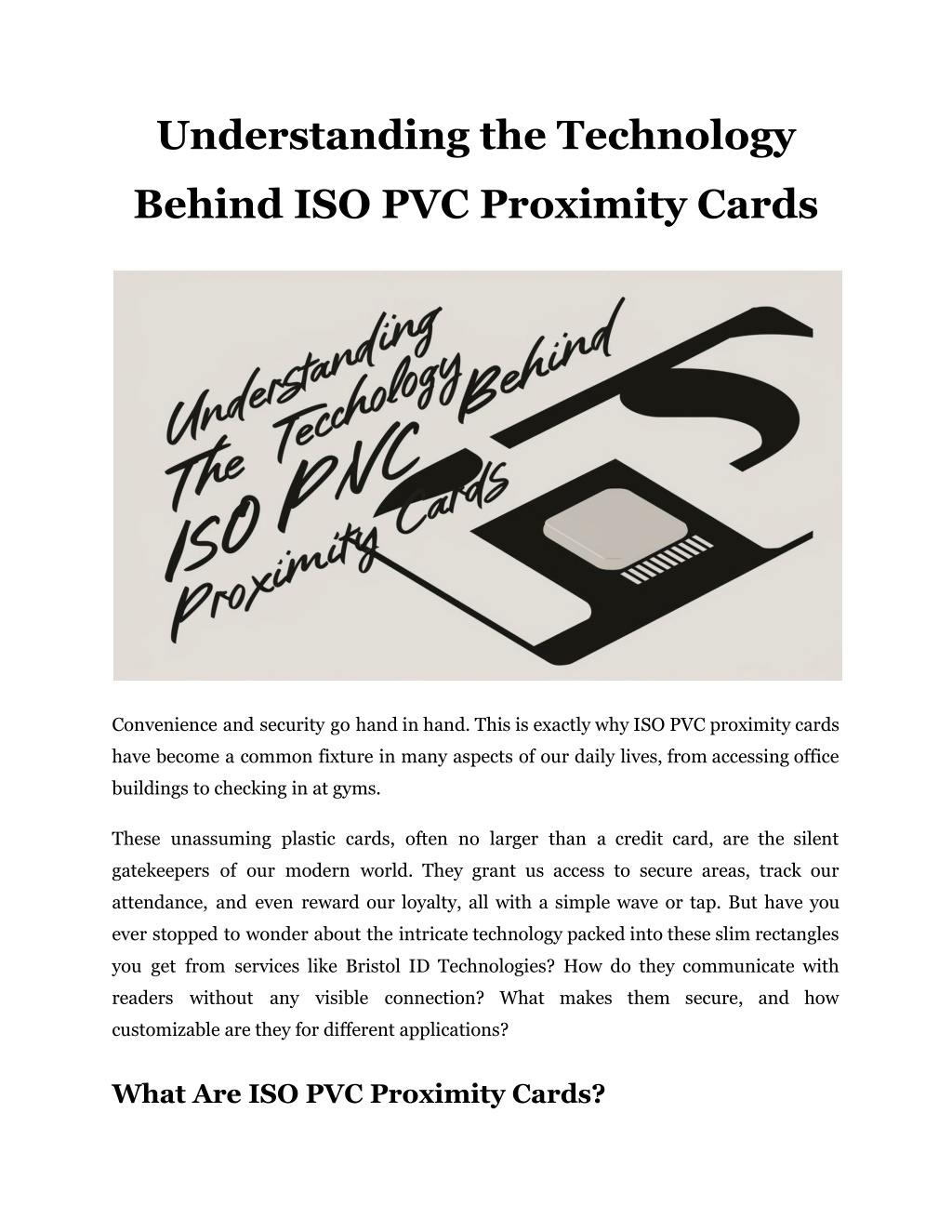
Understanding the Technology Behind ISO PVC Proximity Cards
Explore how ISO PVC proximity cards work, their tech, and real-world applications for secure access.n
Download Presentation

Please find below an Image/Link to download the presentation.
The content on the website is provided AS IS for your information and personal use only. It may not be sold, licensed, or shared on other websites without obtaining consent from the author. Download presentation by click this link. If you encounter any issues during the download, it is possible that the publisher has removed the file from their server.
E N D
Presentation Transcript
Understanding the Technology Behind ISO PVC Proximity Cards Convenience and security go hand in hand. This is exactly why ISO PVC proximity cards have become a common fixture in many aspects of our daily lives, from accessing office buildings to checking in at gyms. These unassuming plastic cards, often no larger than a credit card, are the silent gatekeepers of our modern world. They grant us access to secure areas, track our attendance, and even reward our loyalty, all with a simple wave or tap. But have you ever stopped to wonder about the intricate technology packed into these slim rectangles you get from services like Bristol ID Technologies? How do they communicate with readers without any visible connection? What makes them secure, and how customizable are they for different applications? What Are ISO PVC Proximity Cards?
PVC and ISO Standards The "PVC" in ISO PVC proximity card stands for polyvinyl chloride, the plastic material used to make these cards. It's chosen for its durability and flexibility, allowing the cards to withstand daily use while still fitting comfortably in your wallet. The "ISO" part refers to the International Organization for Standardization. Specifically, these cards adhere to the ISO/IEC 7810 standard, which sets the rules for identification cards. This standard ensures that the cards have a consistent size and thickness (a svelte 0.030 inches, to be exact) across different manufacturers. Read More Articles: What Are The Benefits Of Hiring A Professional Office Cleaning Service In NYC? The Heart of the Matter: 125kHz RFID Technology Now, let's get to the real magic behind these cards: RFID, or Radio-Frequency Identification. PVC proximity card typically operates at a frequency of 125kHz, which is why you'll often hear it referred to as the 125kHz proximity card. How Does RFID Work in Proximity Cards? Inside each card, there's a tiny antenna and an integrated circuit chip. When you bring the card close to a compatible reader, here's what happens: 1. The reader emits a low-power radio signal. 2. This signal is picked up by the antenna in your card. 3. The energy from the signal powers up the chip in your card. 4. The chip then sends back a unique identification number to the reader. 5. The reader interprets this number and decides whether to grant access, record attendance, or perform another programmed action. All of this happens in the blink of an eye, making proximity ID cards incredibly convenient for users.
Data Storage and Transmission You might be wondering how much information these little cards can hold. While they're not exactly supercomputers, a 125kHz proximity card can typically store around 363 bits of data. That's enough for a unique identification number and some additional information, depending on the specific application. When it comes to transmitting this data, a proximity smart card has a typical read range of 2-4 inches (5-10 cm). However, this can vary depending on the power of the reader and any environmental factors that might interfere with the radio signal. Security Considerations While ISO PVC proximity cards offer tremendous convenience, it's important to understand their security limitations. The data stored on 125kHz cards is not encrypted, which means they're potentially vulnerable to cloning or unauthorized reading. For many everyday applications, like employee ID badges or gym memberships, this level of security is often sufficient. However, for high-security environments or sensitive data, organizations might opt for more advanced technologies, such as 13.56 MHz smart cards with built-in encryption. Making It Your Own One of the great things about these cards is their versatility when it comes to customization. Here are some ways organizations can make these cards their own: Printable Surface: The PVC material allows for high-quality printing, so you can add logos, photos, text, or any other graphics to personalize the cards. Magnetic Stripes: For applications that require additional data storage or compatibility with older systems, a magnetic stripe can be added to the card. Signature Panels: These allow cardholders to sign their cards, adding an extra layer of personalization and security.
Holographic Overlays: For enhanced visual security, holographic elements can be added to make the cards more difficult to counterfeit. Real-World Applications ISO PVC cards have found their way into a wide range of applications. Here are some of the most common uses: 1. Access Control: Perhaps the most well-known use, these cards allow secure entry to buildings, rooms, or other restricted areas. 2. Time and Attendance Tracking: Many organizations use proximity cards to efficiently track employee work hours. 3. Identification Badges: The ability to print photos and information directly on the cards makes them ideal for ID badges. 4. Loyalty Programs: Retailers and service providers often use proximity cards for customer loyalty schemes, making it easy for customers to earn and redeem points. Compatibility One of the strengths of proximity cards is their broad compatibility. They're designed to work with a wide range of proximity card readers, including those from major manufacturers like HID. This compatibility gives organizations flexibility in designing their systems and allows for easier upgrades or changes in the future. Read More Articles: Are There Any Office Cleaning Services in NYC that Specialize in Large Office Buildings? Comparing Proximity Card Technologies To give you a clearer picture of how 125kHz proximity cards stack up against other technologies, let's look at a comparison table: Feature 125kHz Proximity Cards 13.56 Smart Cards MHz NFC-Enabled Smartphones
Read Range 2-4 inches 1-3 inches 1-4 inches Data Capacity ~363 bits 2-8 KB Varies (typically high) Encryption No Yes Yes Cost Low Medium N/A phones) (uses existing Battery Required No No Yes (phone battery) As you can see, each technology has its strengths and is suited to different applications. Making the Right Choice: Is a Proximity Card Right for You? When deciding whether to implement a proximity card system, consider the following factors: 1. Security Needs: How sensitive is the data or area you're protecting? 2. User Convenience: How important is a quick, contactless experience? 3. Budget: What are the costs of cards, readers, and system maintenance? 4. Scalability: Will the system need to grow or change in the future? 5. Integration: How will the proximity card system work with your existing infrastructure? The Power of Proximity ISO PVC proximity cards may seem simple at first glance, but they are powerful. From bustling office buildings to high-tech gyms, these cards have become an integral part of our daily lives. As we look to the future, it's clear that proximity card technology will continue to evolve, offering even greater security, convenience, and integration with other systems. But for now, the humble proximity cards from Bristol ID Technologies remain a cornerstone of identification and access control technology, a small but mighty tool in our increasingly connected world.
Site Article: Understanding the Technology Behind ISO PVC Proximity Cards

